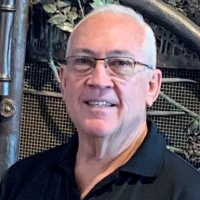
FAQ on lead in plumbing products
Water safety is a global concern. Through its participation in the Inter-Jurisdictional Regulatory Collaboration Committee, the International Code Council is frequently asked to share its experience with high-quality codes, standards and best practices with participants from across the globe. Recently Senior Director of PMG Resources Lee Clifton provided the following succinct and useful information about the regulation of lead levels in pipes, which we think should be of interest to all of our readers.
In the United States, the regulations related to lead levels in water pipes are controlled through the U.S. Environmental Protection Agency (EPA) at the federal level. The Safe Drinking Water Act (SDWA) is the federal law that protects public drinking water supplies throughout the nation. Under the SDWA, the EPA sets standards for drinking water quality, and with its partners, implements various technical and financial programs to ensure drinking water safety.
Section 1417 of the SDWA establishes the definition for “lead free” as a weighted average of 0.25 percent lead calculated across the wetted surfaces of a pipe, pipe fitting, plumbing fitting, and fixture and 0.2 percent lead for solder and flux. The SDWA also provides a methodology for calculating the weighted average of wetted surfaces.
The SDWA prohibits the “use of any pipe, any pipe or plumbing fitting or fixture, any solder, or any flux, after June 1986, in the installation or repair of (i) any public water system; or (ii) any plumbing in a residential or non-residential facility providing water for human consumption, that is not lead free.” These requirements are also included in the Code Council’s International Plumbing Code and International Residential Code.
The SDWA includes several exemptions from the lead-free requirements, specifically for plumbing devices that are used exclusively for non-potable services, as well as a list of specific products: toilets, bidets, urinals, fill valves, flushometer valves, fire hydrants, tub fillers, shower valves, service saddles, or water distribution main gate valves that are 2 inches in diameter or larger.







